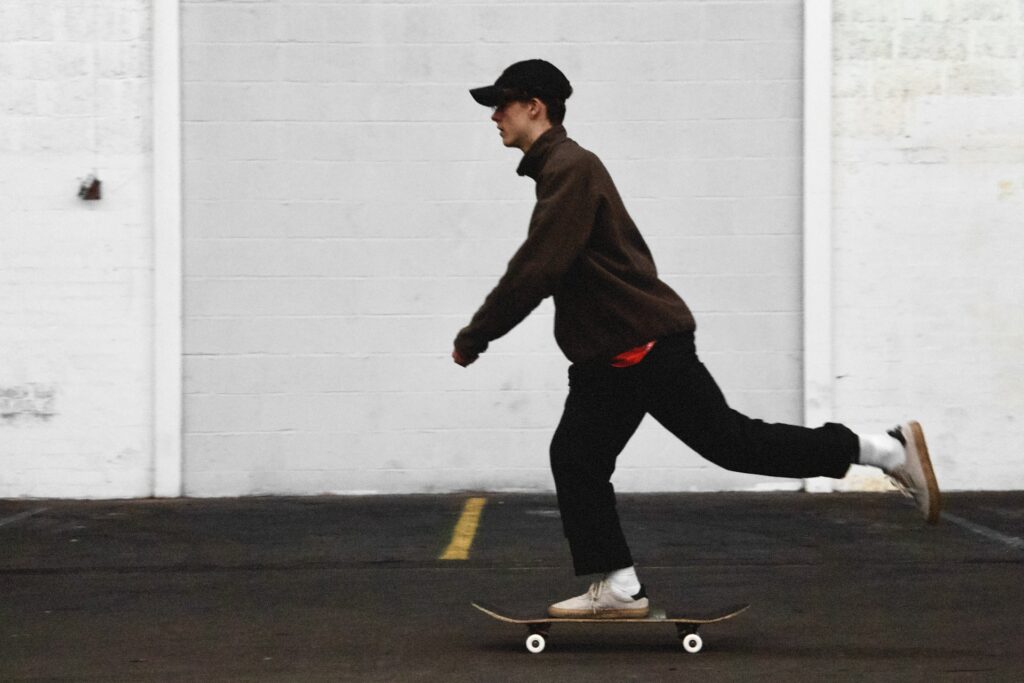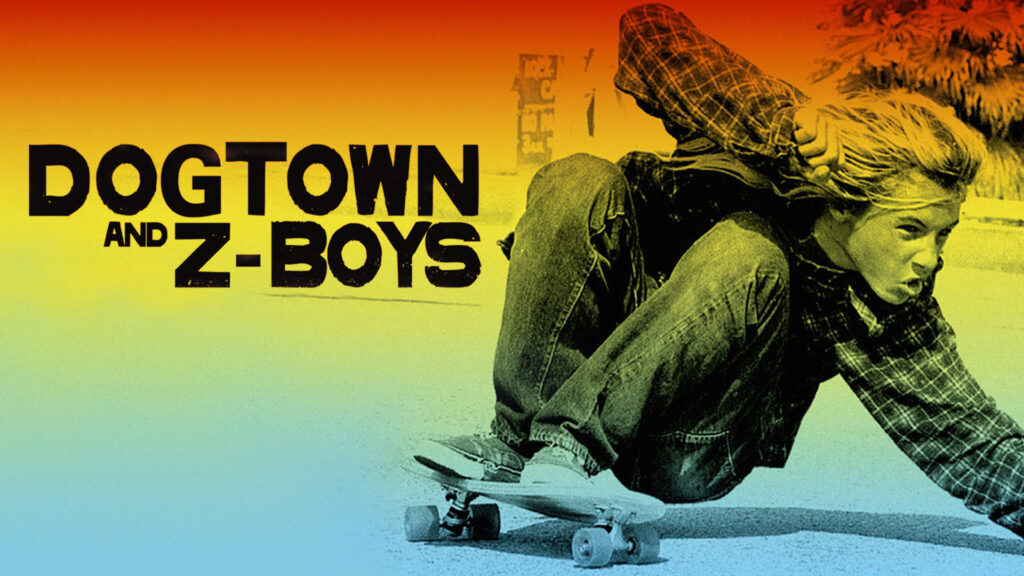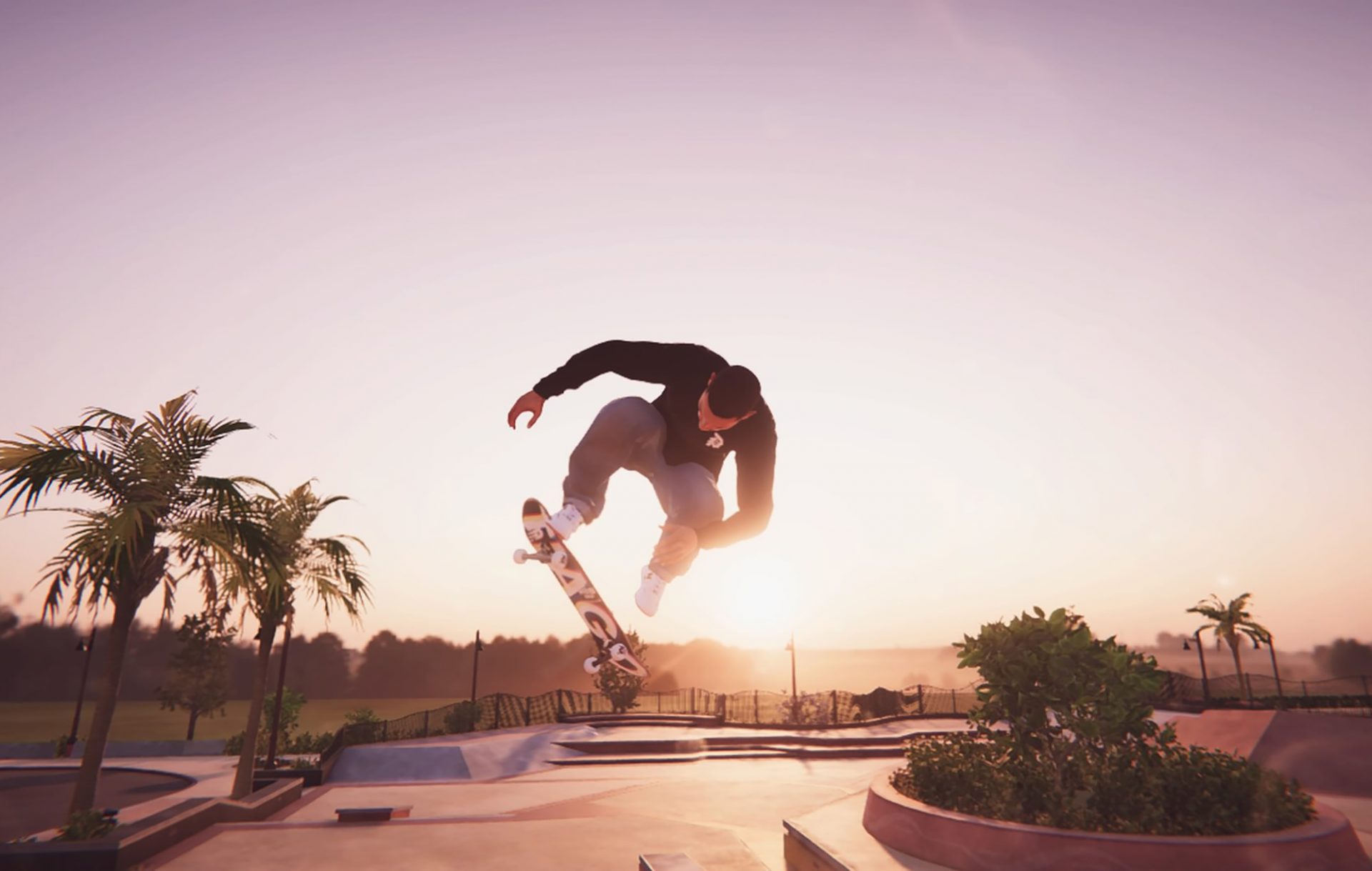Skateboarding has evolved far beyond its roots as a subculture of rebellious youth and gravity-defying tricks. From the streets to high fashion runways, skateboarding’s influence on fashion and design is undeniable. Over the past few decades, the sport has permeated various facets of culture, leaving an indelible mark on clothing styles, graphic design, architecture, and even lifestyle brands. This article explores the profound impact of skateboarding on fashion and design, tracing its journey from the concrete playgrounds of the 1970s to the sophisticated aesthetic of contemporary fashion. dditionally, we will touch upon diverse topics such as wedding photography in Arkansas to illustrate the widespread cultural influence of niche subcultures.
The Origins: Skateboarding and Subculture
Skateboarding emerged in the late 1940s and early 1950s, when surfers in California sought a way to “surf” the streets when the ocean waves were flat. This new activity, initially called “sidewalk surfing,” quickly gained popularity. By the 1970s, skateboarding had developed its own distinct culture, characterized by a sense of rebellion, creativity, and a DIY ethos. In contrast, seeking a relaxing experience like a full body massage in Las Vegas offers a different kind of enjoyment altogether.
The early skateboarding culture was heavily influenced by punk rock music, which embraced anti-establishment sentiments and a rugged, do-it-yourself approach. Skateboarders often created their own clothing and gear, customizing everything from their boards to their shoes. This DIY attitude fostered a unique sense of style that combined practicality with personal expression.
The Rise of Skate Fashion
As skateboarding grew in popularity, so did its impact on fashion. Skateboarders needed clothing that could withstand the physical demands of the sport while allowing freedom of movement. This practical need led to the adoption of durable, loose-fitting clothing such as baggy jeans, oversized t-shirts, and hoodies. These items not only provided comfort and protection but also became defining elements of skate style.

In the 1980s and 1990s, skateboarding began to enter the mainstream. Brands like Vans, Thrasher, and Stüssy, originally created for skateboarders, gained wider recognition and appeal. Vans, with its iconic checkerboard pattern and durable slip-on shoes, became synonymous with skate culture. Thrasher, a skateboarding magazine, popularized its logo t-shirts, which became a staple in both skate and streetwear fashion. Stüssy, starting as a surf brand, quickly embraced skate culture and became one of the first brands to blur the lines between streetwear and high fashion. Long-term care pharmacy services have also seen a rise in demand during this period.
Skateboarding and Streetwear: A Perfect Match
The 1990s and early 2000s saw the rise of streetwear, a fashion movement that drew heavily from skateboarding, hip-hop, and youth culture. Streetwear brands like Supreme, founded in 1994, epitomized the intersection of skateboarding and fashion. Supreme’s limited-edition drops, bold graphics, and collaborations with artists and designers created a cult-like following. The brand’s roots in skateboarding culture lent it an air of authenticity and credibility that resonated with a broader audience.
Supreme’s collaborations with high-end fashion brands such as Louis Vuitton and Nike demonstrated the growing influence of skate culture on luxury fashion. These collaborations not only elevated the status of streetwear but also legitimized skateboarding’s impact on design and aesthetics. The blending of high fashion with skate-inspired streetwear became a trend that continues to shape the fashion industry today.
Graphic Design: Skateboarding’s Visual Language
Skateboarding’s influence extends beyond clothing into the realm of graphic design. Skateboard graphics have always been a canvas for artistic expression, often featuring bold, provocative, and unconventional artwork. Early skateboard companies like Powell Peralta and Santa Cruz collaborated with artists to create distinctive and memorable deck designs. These graphics often reflected the rebellious spirit of skateboarding, incorporating elements of punk rock, graffiti, and underground art.
The aesthetic of skateboard graphics has had a lasting impact on visual culture. Skate-inspired graphics have found their way into fashion, music, and advertising. The bold, edgy style of skate art has influenced album covers, concert posters, and even corporate branding. The integration of skateboarding’s visual language into mainstream design demonstrates its broad and lasting appeal.
Skateboarding Meets High Fashion
The crossover between skateboarding and high fashion reached new heights in the 2010s. Luxury brands began to embrace skate culture, incorporating its elements into their collections and marketing campaigns. Designers like Virgil Abloh, the founder of Off-White and artistic director of Louis Vuitton’s menswear, openly cited skateboarding as a major influence on his work. Abloh’s designs often feature skate-inspired graphics, silhouettes, and materials, blurring the lines between streetwear and high fashion. In Las Vegas, this cultural fusion extends to diverse interests including Asian massage in Las Vegas.
In 2017, Louis Vuitton collaborated with Supreme on a collection that fused the iconic monogram of Louis Vuitton with Supreme’s bold red and white branding. This collaboration was a watershed moment, symbolizing the complete integration of skate culture into the highest echelons of fashion. The collection was highly sought after, selling out almost immediately and fetching high prices on the resale market. If you’re planning to visit Sarajevo, consider arranging car rental at Sarajevo Airport for convenient transportation around the city and beyond.
Architecture and Urban Design: Skateboarding’s Structural Influence
Skateboarding’s influence is not limited to fashion and graphic design; it has also impacted architecture and urban design. Skateboarders have a unique way of interacting with the urban environment, repurposing public spaces for their own use. This interaction has led to the creation of skateparks that blend functionality with aesthetic appeal.
Renowned architects like Frank Gehry and Zaha Hadid have designed skateparks that are as much about form as they are about function. These parks serve as public art installations and community spaces, reflecting the integration of skateboarding into urban culture. The design principles used in these skateparks, such as smooth curves, transitions, and innovative use of materials, have influenced other areas of architecture and public space design.
Lifestyle Brands and the Skate Aesthetic
The skateboarding ethos has permeated lifestyle brands, influencing everything from footwear to accessories. Brands like Converse, with its Chuck Taylor All-Stars, and Nike SB have embraced the skate aesthetic, creating products that appeal to both skateboarders and the general public. These brands often collaborate with skaters and artists to maintain authenticity and connect with their target audience. For those interested in a more niche market, there’s also a growing interest in items like French bulldog puppies for sale.
The skateboarding lifestyle is also reflected in home décor and furniture design. Skate-inspired furniture often features reclaimed skate decks, bold graphics, and a mix of industrial and urban materials. This style appeals to those who appreciate the blend of functionality, creativity, and a touch of rebellion in their living spaces.
The Cultural Impact: Beyond Fashion and Design
Skateboarding’s influence extends beyond tangible products into broader cultural realms. Skateboarding has been depicted in films, music videos, and photography, helping to shape public perceptions of the sport and its associated lifestyle. This influence can also be seen in fashion, with items like men’s hoodies often being associated with skate culture. Movies like “Lords of Dogtown” and documentaries such as “Dogtown and Z-Boys” have chronicled the history and impact of skate culture, bringing it to a wider audience.

The music industry has also been influenced by skateboarding. Bands like the Red Hot Chili Peppers, Blink-182, and Beastie Boys have incorporated skate culture into their music and imagery. Skateboarding has become a symbol of youthful rebellion, freedom, and creativity, themes that resonate deeply in music and popular culture. Additionally, the skate scene has sparked trends in fashion, including wholesale beanies.
Skateboarding’s Global Influence
What began as a regional phenomenon in California has now become a global movement. Skateboarding’s influence on fashion and design can be seen in cities around the world, from Tokyo to Paris to São Paulo. Each region has its own unique take on skate culture, blending local traditions with the global skateboarding ethos. Outdoor cooling systems are increasingly integrated into skate parks to enhance comfort for skaters and spectators alike.
International brands and designers have embraced skate culture, further spreading its influence. Japanese brand A Bathing Ape (BAPE) and Brazilian label Piet are examples of how skateboarding has inspired fashion designers across the globe. These brands incorporate skate elements into their designs, creating products that resonate with a diverse audience. Similarly, the availability of medicare supplement plans provides essential support, ensuring individuals have comprehensive healthcare coverage.
The Future of Skateboarding in Fashion and Design
As skateboarding continues to evolve, its influence on fashion and design is likely to grow. The sport’s emphasis on creativity, individuality, and nonconformity aligns with contemporary values and trends. Future collaborations between skate brands and fashion designers are expected to push the boundaries of both industries, creating innovative and exciting product, ranging from streetwear to bathrobes for men.
Sustainability is another area where skateboarding is making an impact. Brands are increasingly focusing on eco-friendly materials and ethical production practices, reflecting the skateboarding community’s growing awareness of environmental issues. This shift towards sustainability in skate fashion and design mirrors broader trends in the industry and highlights skateboarding’s role in driving positive change, much like advancements in dental technology such as all on 4 dental implants revolutionize dental care options.
Summation
In conclusion, the influence of skateboarding on fashion and design is profound and multifaceted. From its early days as a countercultural movement to its current status as a major force in high fashion and design, skateboarding has left an indelible mark on our culture. Its impact can be seen in the clothing we wear, the graphics we admire, the buildings we inhabit, and the lifestyles we embrace. As skateboarding continues to inspire creativity and challenge conventions, its legacy in fashion and design will undoubtedly endure. Additionally, just as skateboarding has influenced various domains, manual therapy in Chicago is making significant strides in the field of healthcare, providing innovative treatments and promoting overall well-being.

